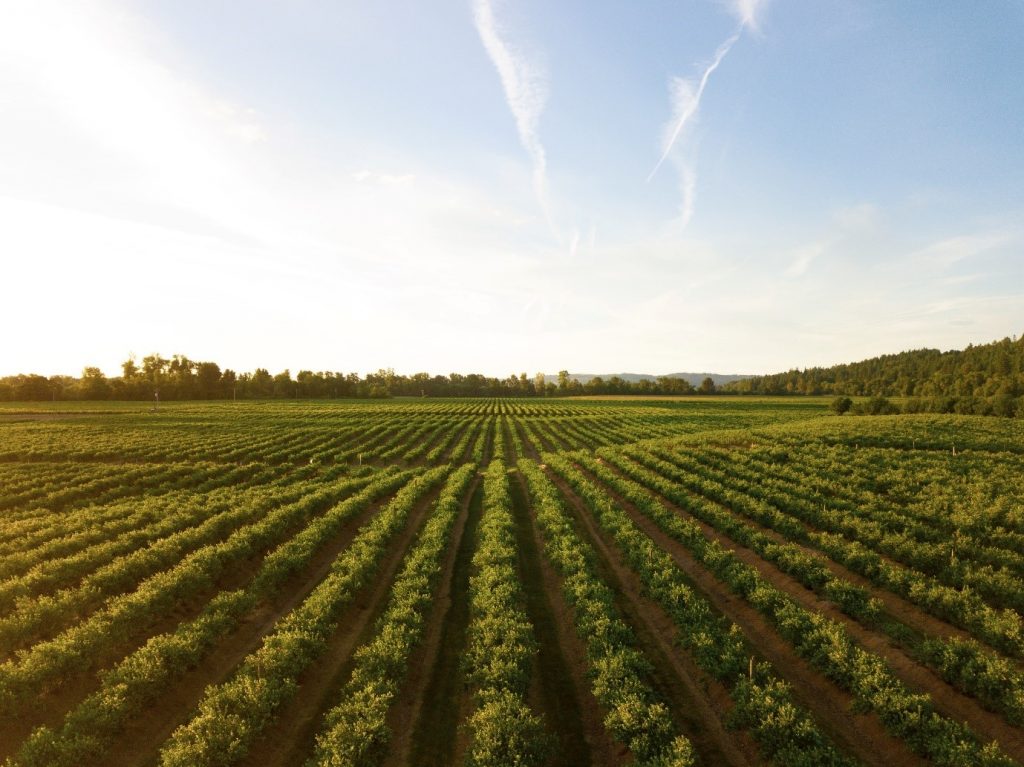Soil testing and soil sampling is critical to improving the quality and mineral balance of
your soil.
The vital point of soil testing is to determine if there are sufficient levels of the essential
elements for plants and livestock to grow at their best.
All physical things in the universe are made from 92 naturally occurring chemical
elements. Living things such as plants and animals are mostly made of certain elements,
depending on the life form. These are known as the essential elements of life, meaning
that if all the other elements are present, but if one of these elements is missing, then
the organism will fail.
There are 13 elements were needed for plant and animal growth, not just nitrogen (N),
phosphorus (P) and potassium (K). A further three elements (cobalt, selenium and
iodine) are essential animal health and nutrition. If your soil is deficient in one or more
nutrients, your livestock and plants are not going to be able to receive enough of those
nutrients to grow properly.
If farmers are injection or bulleting animals for any deficient nutrients such as Cobalt,
Selenium , Iodine or any nutrient it is a soil borne disorder. Injecting, bulleting or
supplementing nutrients to animals overcomes the problem short term rather than fixing
the cause, which is a soil borne disorder. Its equivalent to taking medication rather than
fixing the root cause.
Testing of soil, pasture, clover only or animal bloods is relatively cheap. Coming in at
less than 1% of your total fertiliser costs, it is a cost-effective investment in the health
and wellbeing of your plants and livestock.
When it comes to your livestock, if the pasture they are eating does not contain correct
amounts of the right nutrients they will not grow in a healthy manner, or worse, become
sick.
Most dairy farms probably need only about 13kg/ha of P per year to maintain their
phosphate levels, but more than 70kg/ha is sometimes applied, leading to massive
expenditure. This money could be diverted to overcome any deficient nutrient.
Accurate soil testing also provides a significant management tool in creating an efficient
soil fertility programme, as well as watching out for potential soil issues.
